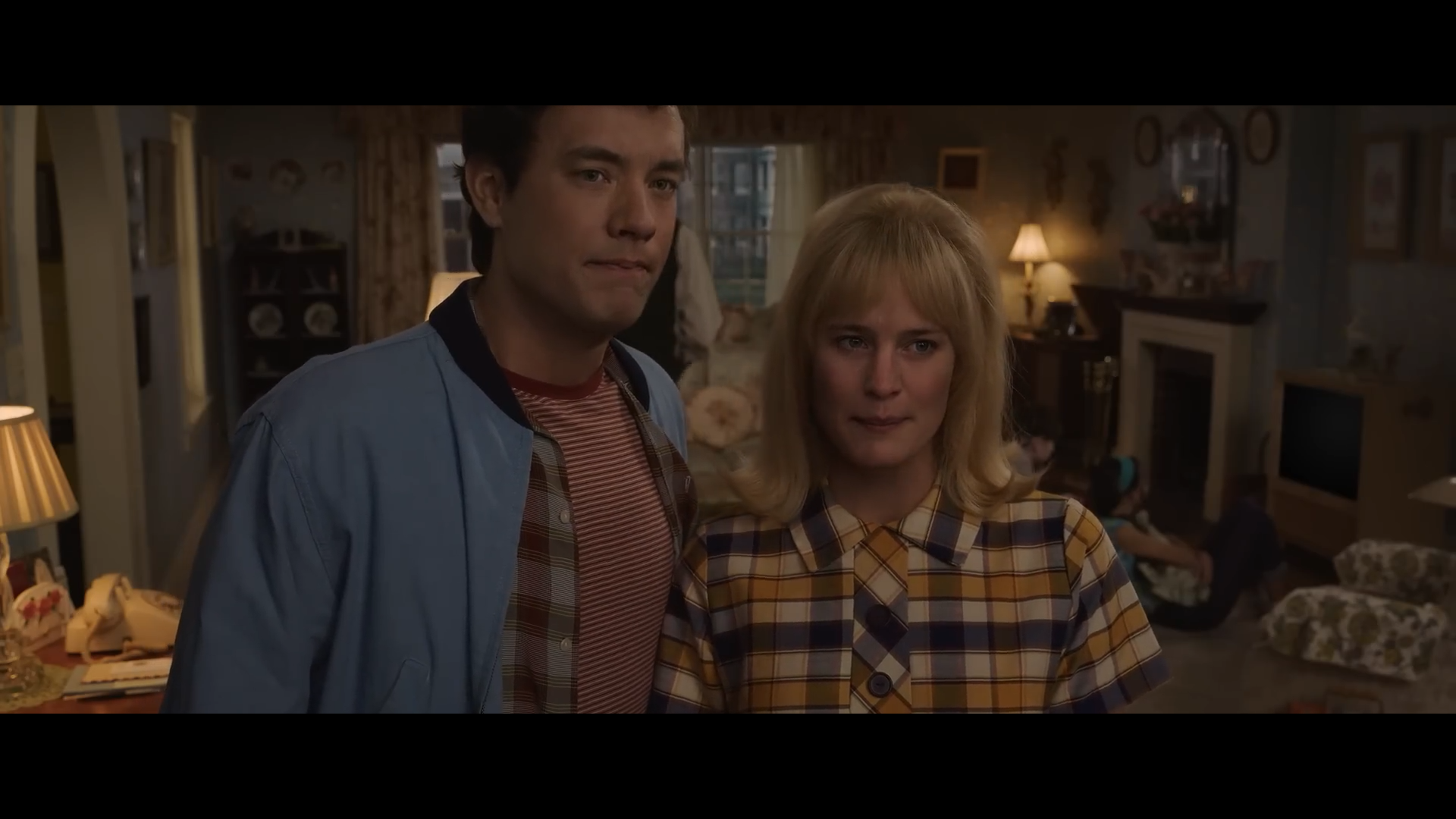
HERE was an incredibly unique project to work on. The film was shot from a single camera angle which sounds like it would make this sort of work easier, but it provided its own set of creative and technical challenges as the story spanned centuries of time from a single location.
Pre-Production
The pre-production for this project was very interesting for various reasons, the primary one being the many different time periods we had to cover during the story.
The art team had to re-create the same background for every scene but with different dressing depending on the time period. This required a project structure where we were able to keep ‘hero’ assets mostly unchanged but allowed us to easily switch in and out various aspects to ensure it looked like it was set in the specified time period. We split out the bulk of the work by decade and then split out the project using release streams in perforce to ensure artists didn’t step on each other’s work.
We also had to align our virtual camera with the physical camera in the real world. We did this by building the physical set and LED wall inside Unreal Engine, and then using the exact measurements from our LiDAR scan of the stage, to align the view seen on the LED wall, with the physical camera setup. This was done across 2 stages which were supposed to be identical to each other, but were in reality a few centermeters off which meant we had to manually work out the difference virtually.
Production
The shoot for HERE was very challenging as we were under intense time pressure, shooting across 2 stages day after day with no break in between. It was one of my jobs to ensure the flow of data between the various perforce streams was handled correctly so that each shooting stage would have the right content in their scenes. The hero assets were constantly being updated and the layout was changed which made the job tricky. I aslo had to ensure the post-production team got the data they needed at the end of each day.
The time pressure we were under meant scenes were constantly being developed and we were operating it like a conveyor belt. Once the art team had finished, I would take over and pre-light the scene using references and in keeping with the tone of the script. I would then hand the scene over to one of the stages to be shot.
There were several special tools required for this production. I helped build a car simulation system that could be triggered from an iPad by the director and I hooked Unreal into the physical lighting equipment so the physical lights and our virtual lights could go off at the same time.
I also operated the content at times when I was required to make real-time changes to lighting, blueprints, and materials.
Post Production
I worked heavily on the post-production for this project which was probably the trickiest part of the entire thing. The reason being the locked off camera meaning transitioning between time periods was a big focus. We initially ran into some problems when trying to recreate our Unreal Engine environment, in other DCCs. For this I helped develop our USD export pipeline to ensure things were 1-1.
Due to our backgrounds being in every shot of the film, we were required to render out various layers and sections to get a better-quality image in post. We did all this using Unreal Engines Path Tracer and Movie Render Queue. After a lot of trial and error, we were able to get the end renders to look great. We rendered the scenes out in layers which were then taken by the comp team to integrate them into the final shots.



